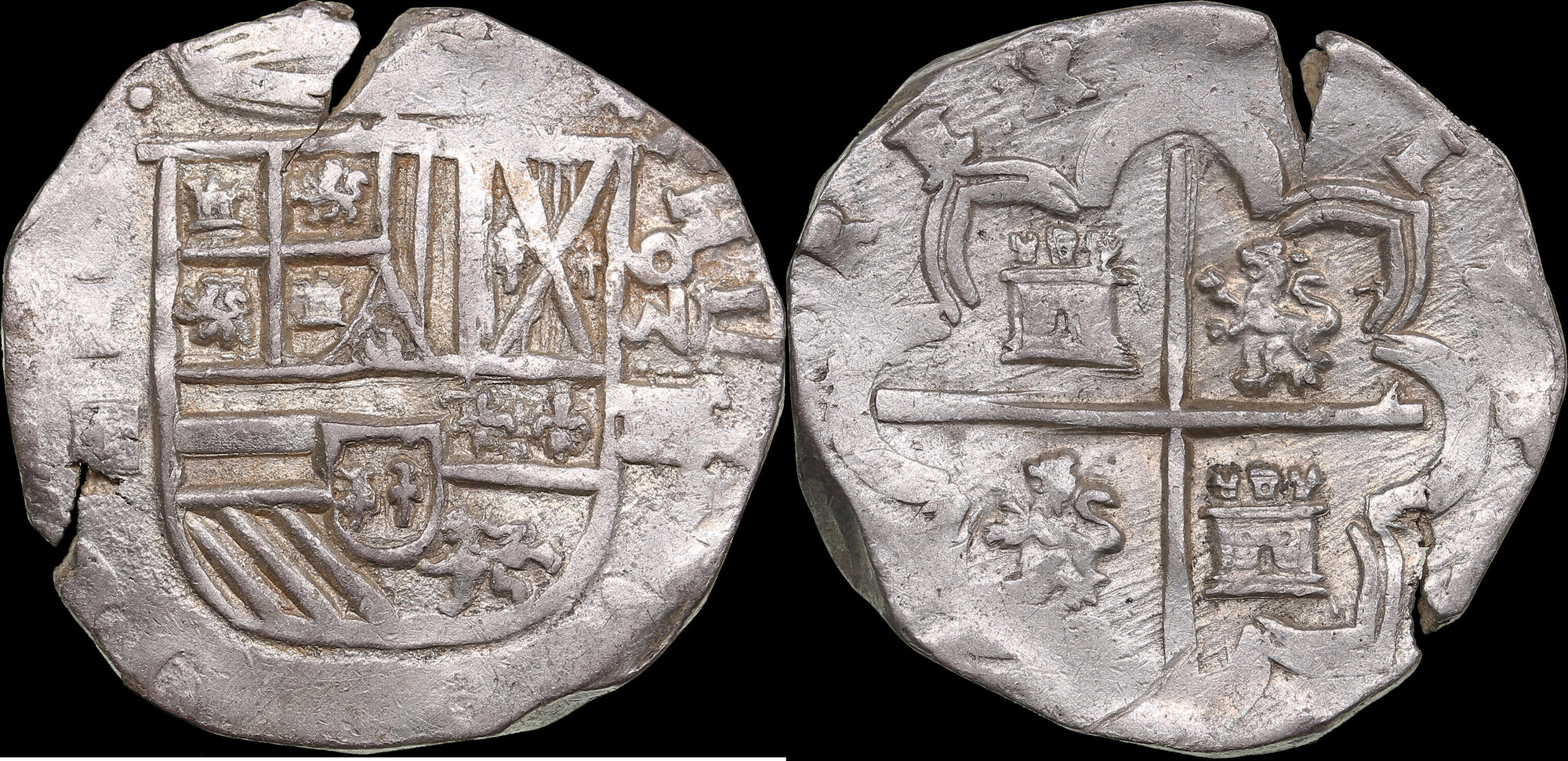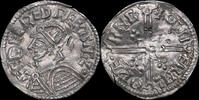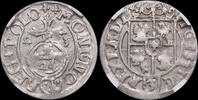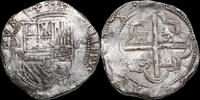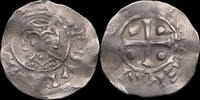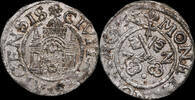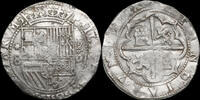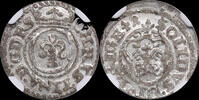MA-ID: 621602090
Customer feedback Numex OÜ
Excellent seller, highly recommended!
Thank You! Nice items for reasonable price, quick shipping! Excellent!!!
Ja, ich bin mit dem gekauften Geldschein vollig zufrieden. Danke.
M.Brindz...
Super Ware! Gerne wieder.
Spain / Segovia 4 reales 1593 Philip II (1556-1598), I UNC
Numex OÜ 

9
On MA-Shops since 9 years
1195 ratings,
100 % Positive (last 24 months)
Worldwide shipping
693.56 £800,00 EUR
Import tax may be added
+ 21.67 £ shipping ( to United Kingdom )
Delivery time: 11 - 14 days
+ 21.67 £ shipping ( to United Kingdom )
| Customer Support +49 (0)2871 2180 383 |
| Payment methods |
| Wire Transfer |
A Glimpse into History: Spain's Segovia 4 Reales of 1593
The Segovia 4 Reales from 1593 is a remarkable piece of Spanish numismatic history, minted during the reign of King Philip II (1556–1598). This coin not only represents the economic system of one of Europe’s most powerful empires during the 16th century but also reflects the artistry and innovation of its time. Graded as UNC (Uncirculated), this specimen is a pristine example of its kind, making it a valuable treasure for collectors and historians alike.
Historical Context: Spain Under Philip II
Philip II, often referred to as "Philip the Prudent," presided over the Spanish Empire at the height of its power, encompassing territories across Europe, the Americas, Asia, and Africa. The late 16th century was marked by Spain’s involvement in religious wars, the expansion of its colonial empire, and significant cultural and scientific achievements. Coins such as the Segovia 4 Reales were integral to the empire’s economy, facilitating trade and serving as a symbol of royal authority.
The Segovia Mint
The 4 Reales was minted in Segovia, one of Spain’s most important mints during the Habsburg period. The Segovia Mint was renowned for its advanced minting technology, including the use of a hydraulic rolling mill powered by the Eresma River. This innovation ensured precision and uniformity in coin production, qualities evident in the striking of the 1593 4 Reales.
Coin Details
Date: 1593
Reign: Philip II (1556–1598)
Material: Silver
Weight: 13.66 g
Grade: UNC (Uncirculated)
Catalog References: Cy# 3852, Cal# 546
The coin’s weight of 13.66 grams confirms its adherence to the strict standards of the time. Its uncirculated grade indicates that it has been exceptionally preserved, free from wear that typically results from circulation.
Design and Symbolism
The obverse of the coin typically features the crowned coat of arms of Spain, symbolizing Philip II's authority and the unification of the Spanish kingdoms under the Habsburg dynasty. The reverse often displays the cross of Jerusalem, surrounded by the quartered arms representing Spain's various dominions. The detailed craftsmanship highlights the artistry of the Segovia Mint and the wealth of Spain during this era.
Significance in Numismatics
The Segovia 4 Reales of 1593 is a prime example of Spanish silver coinage, which played a pivotal role in global trade during the 16th and 17th centuries. Coins like this circulated widely, from Europe to the Americas and Asia, becoming a standard of international commerce. Its UNC grade enhances its desirability, as such well-preserved coins are rare.
Conclusion
The Spain Segovia 4 Reales of 1593 is more than just a coin; it is a tangible piece of history, offering insight into the economic, political, and artistic achievements of Philip II’s reign. For collectors and historians, it represents a connection to an era when Spain stood as a dominant global power. Its combination of historical significance, numismatic value, and exceptional preservation ensures its status as a coveted artifact in the realm of numismatics.
The Segovia 4 Reales from 1593 is a remarkable piece of Spanish numismatic history, minted during the reign of King Philip II (1556–1598). This coin not only represents the economic system of one of Europe’s most powerful empires during the 16th century but also reflects the artistry and innovation of its time. Graded as UNC (Uncirculated), this specimen is a pristine example of its kind, making it a valuable treasure for collectors and historians alike.
Historical Context: Spain Under Philip II
Philip II, often referred to as "Philip the Prudent," presided over the Spanish Empire at the height of its power, encompassing territories across Europe, the Americas, Asia, and Africa. The late 16th century was marked by Spain’s involvement in religious wars, the expansion of its colonial empire, and significant cultural and scientific achievements. Coins such as the Segovia 4 Reales were integral to the empire’s economy, facilitating trade and serving as a symbol of royal authority.
The Segovia Mint
The 4 Reales was minted in Segovia, one of Spain’s most important mints during the Habsburg period. The Segovia Mint was renowned for its advanced minting technology, including the use of a hydraulic rolling mill powered by the Eresma River. This innovation ensured precision and uniformity in coin production, qualities evident in the striking of the 1593 4 Reales.
Coin Details
Date: 1593
Reign: Philip II (1556–1598)
Material: Silver
Weight: 13.66 g
Grade: UNC (Uncirculated)
Catalog References: Cy# 3852, Cal# 546
The coin’s weight of 13.66 grams confirms its adherence to the strict standards of the time. Its uncirculated grade indicates that it has been exceptionally preserved, free from wear that typically results from circulation.
Design and Symbolism
The obverse of the coin typically features the crowned coat of arms of Spain, symbolizing Philip II's authority and the unification of the Spanish kingdoms under the Habsburg dynasty. The reverse often displays the cross of Jerusalem, surrounded by the quartered arms representing Spain's various dominions. The detailed craftsmanship highlights the artistry of the Segovia Mint and the wealth of Spain during this era.
Significance in Numismatics
The Segovia 4 Reales of 1593 is a prime example of Spanish silver coinage, which played a pivotal role in global trade during the 16th and 17th centuries. Coins like this circulated widely, from Europe to the Americas and Asia, becoming a standard of international commerce. Its UNC grade enhances its desirability, as such well-preserved coins are rare.
Conclusion
The Spain Segovia 4 Reales of 1593 is more than just a coin; it is a tangible piece of history, offering insight into the economic, political, and artistic achievements of Philip II’s reign. For collectors and historians, it represents a connection to an era when Spain stood as a dominant global power. Its combination of historical significance, numismatic value, and exceptional preservation ensures its status as a coveted artifact in the realm of numismatics.
Info / FAQ
| Shipping fees | ||||
|---|---|---|---|---|
| 0.87 £ to 43.35 £ | 43.35 £ to 173.39 £ | 173.39 £ to 433.48 £ | over 433.48 £ | |
| China | 10.40 £ | n/a | n/a | n/a |
| Germany | 4.33 £ | 4.33 £ | 4.33 £ | 13.00 £ |
| Estonia | 4.33 £ | 4.33 £ | 4.33 £ | 10.40 £ |
| United Kingdom | 4.33 £ | 4.33 £ | 4.33 £ | 21.67 £ |
| United States | 4.33 £ | 4.33 £ | 4.33 £ | 34.68 £ |
| European Union | 4.33 £ | 4.33 £ | 4.33 £ | 21.67 £ |
| World | 10.40 £ | 13.00 £ | 86.70 £ | 86.70 £ |
Information
Online orders are welcome as always and will be shipped directly.
|
Seller Home | 0Shopping cart | Terms of sale | Contact | MA Terms of sale | Privacy policy | Warranty | MA-Shops New Items Copyright ® 2001-2025, MA-SHOPS Coins All Rights Reserved. Designated trademarks and brands are the property of their respective owners. |
 Buy coins with warranty
Buy coins with warranty



